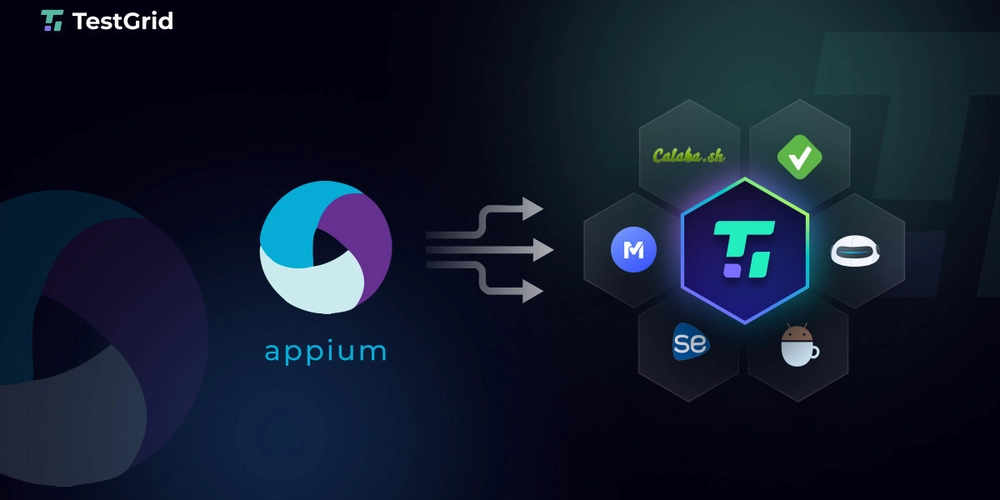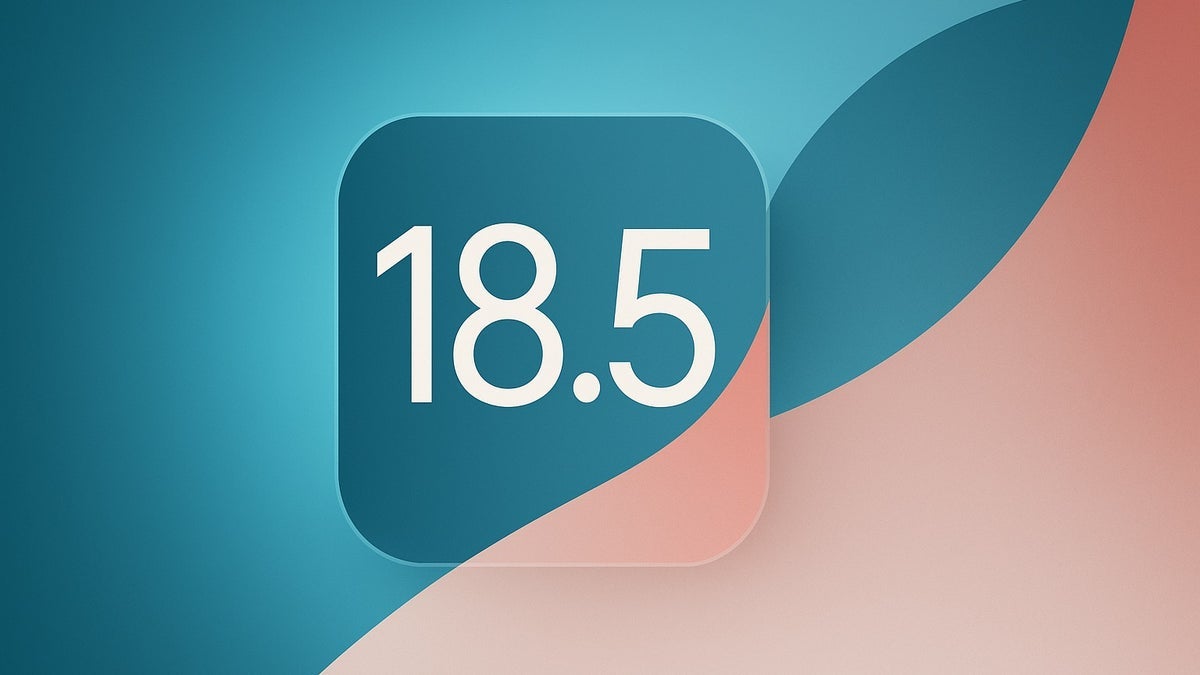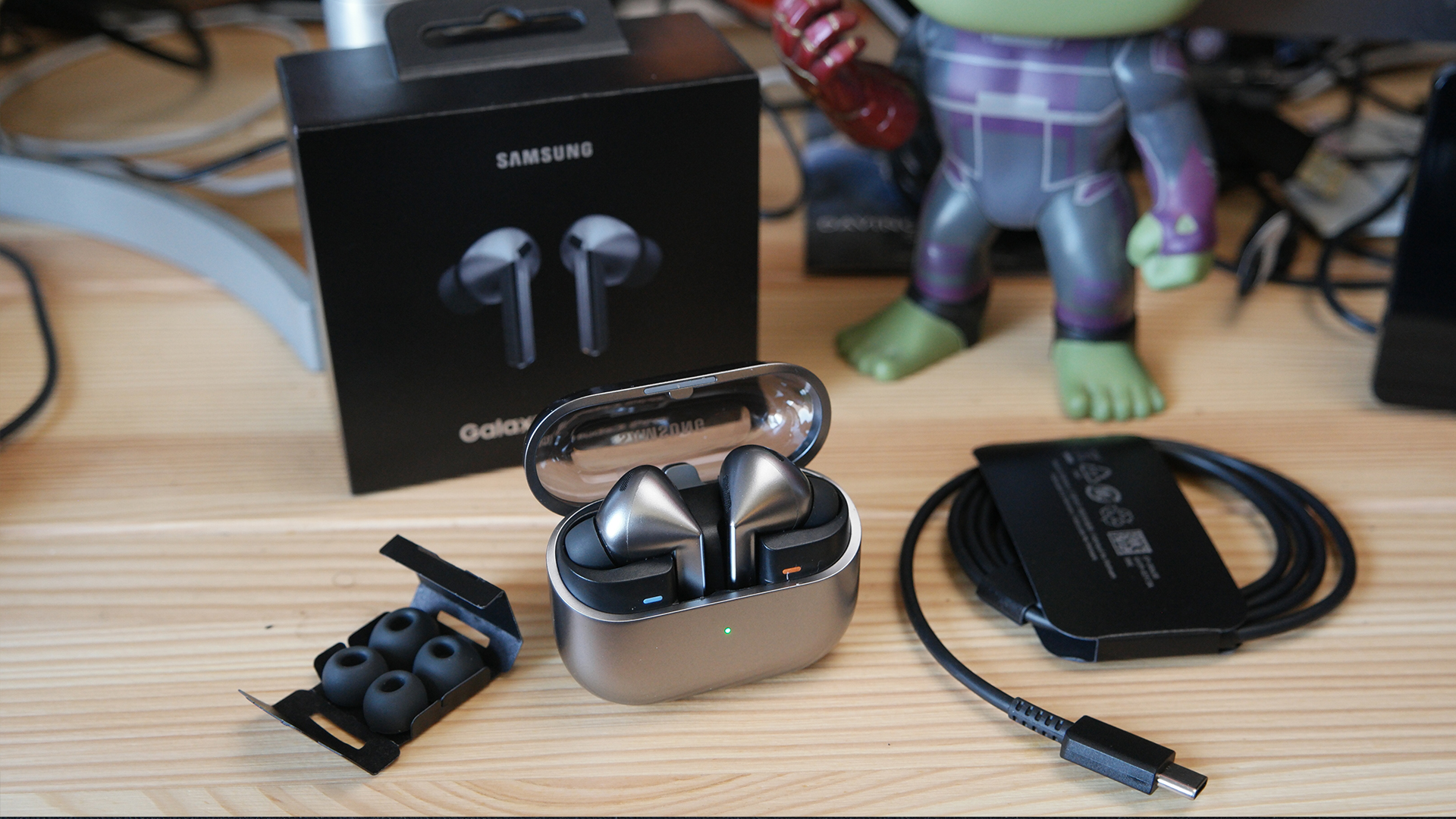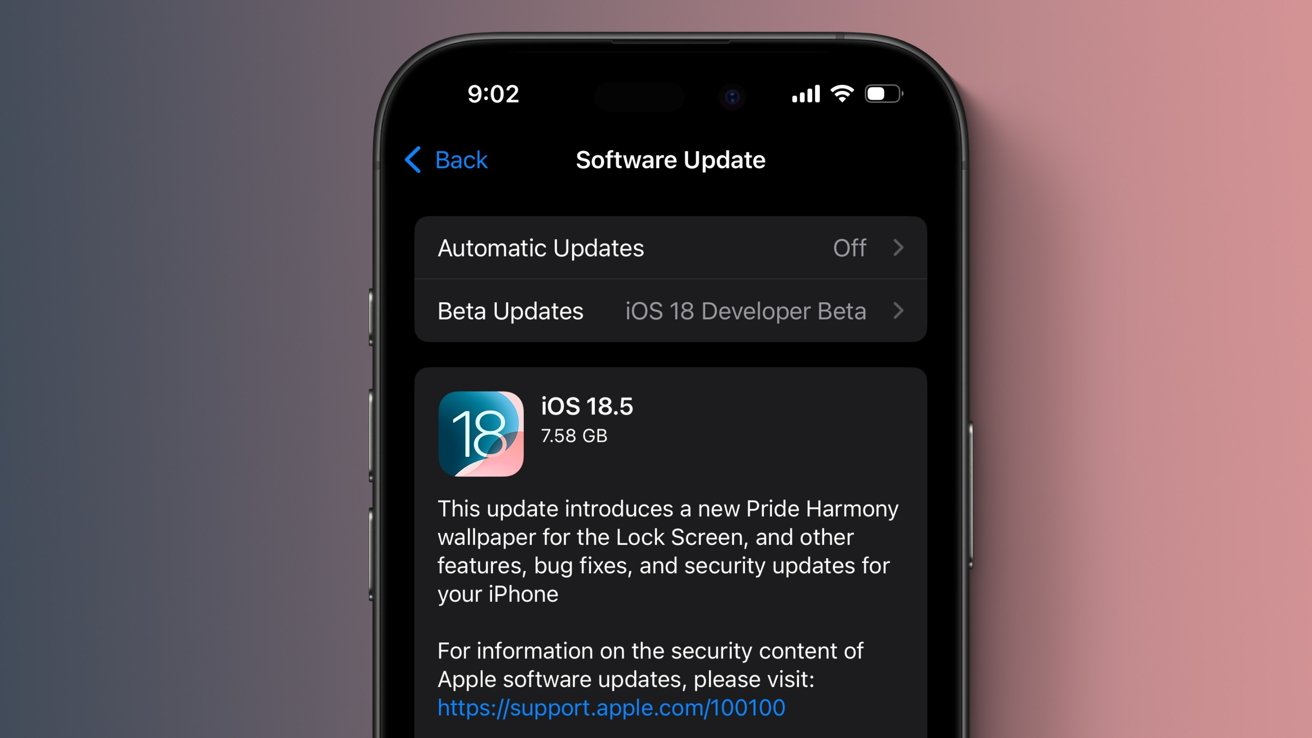Best Appium Alternatives for Mobile Test Automation in 2025
In this day and age, mobile apps are the norm. They’re seen as a critical part of how we communicate, transact, work, and stay informed. But with the growing complexity of mobile ecosystems—spanning countless device types, OS versions, screen sizes, and user interactions—ensuring consistent performance and functionality across all platforms has become a serious challenge. This is where mobile app testing frameworks come in. You see, the right tool can help teams accelerate releases, maintain quality, and scale efficiently—while the wrong one can slow everything down. Sure, Appium has long been a go-to solution for mobile test automation. But it’s not without its limitations, especially as testing needs become more dynamic and AI-driven approaches emerge. In this article, we’ll dive into Appium’s strengths and weaknesses—and introduce top alternatives that could be a part of your mobile app testing checklist. Appium and Its Role in Mobile App Testing Appium is a popular test automation framework that is used to automate mobile apps. It allows you to execute your tests on real iOS and Android devices as well as on emulators. It is open-source and allows you to use multiple programming languages that it supports like Java, Javascript, Python, etc. Let us look at some of the advantages offered by Appium. Advantages of Using Appium Vast community: Since it’s an open-source tool, Appium has a thriving community that fosters continuous updates, bug fixes, and the development of plugins and extensions. Test code reusability: Using Appium, you can avoid the hassle of rewriting test scripts for different platforms. Tests written for one platform can be reused for other platforms, minimizing redundancy. This increases overall efficiency. Limitations of Appium 1. Limited gesture support Appium can handle basic gestures such as tap, double-tap, and long press. However, modern mobile devices now support a wide range of advanced gestures, such as pinch-zoom, swipe with velocity, multi-finger actions, or custom UI interactions. Automating these complex or device-specific gestures can be difficult with Appium, as its support for them is either limited, inconsistent across platforms, or requires workarounds. 2. Steep learning curve Appium offers powerful and flexible capabilities, but for beginners, getting started can be challenging. Its architecture, setup process, and the need to understand various drivers, platforms, and programming integrations contribute to a steep learning curve—especially for those new to mobile test automation. Top 11 Appium Alternatives in 2025 Now that we know where Appium stands in terms of strengths and weaknesses, let’s explore 11 alternatives of the tool. 1. Testgrid TestGrid is an AI-powered end-to-end testing platform, which helps simplify testing mobile apps across multiple devices and operating systems. It aims to help organizations release mobile apps faster by providing an intuitive interface to maximize test coverage for Android and iOS devices with utmost confidence. It allows you to execute tests in parallel, reducing test cycles and eliminating device management overhead. Strengths of TestGrid It offers scriptless or low-code test case creation capability, allowing people with no or minimal coding knowledge to start quickly It provides Appium, Selenium, and XCUITest support, enabling developers to reuse code wherever possible It lets you connect your dedicated devices on the cloud directly to your local machine through Virtual USB (Simulate USB Connection to Machine) It ensures increased reusability, updating the code centrally when the app changes or updates rather than changing code specifically for each device/OS type It delivers comprehensive reporting using screenshots of test results, recordings, and provided logs For software development teams that want to scale their automated testing across multiple devices, OS versions, and form factors, TestGrid warrants evaluation. The cloud-based automation delivery model reduces the overhead of maintaining different test environments and helps test more efficiently at lower efforts. 2. Perfecto Perfecto is a mobile app testing platform. It can adapt dynamically to app changes, eliminating fragile scripts and ongoing maintenance. It provides comprehensive test coverage—validating functional, visual, and contextual layers in one unified pass. Perfecto supports thousands of real and virtual devices, OS, and browser combinations. It leverages powerful mock services and synthetic test data to shift-left, test faster and more completely. It also allows you to simulate realistic mobile traffic conditions to understand how your mobile app performance is impacted under a load. Strengths of Perfecto It scales effortlessly, integrating with your CI/CD pipeline to support agile and DevOps workflows It offers a low-code interface, empowering both technical and non-te

In this day and age, mobile apps are the norm. They’re seen as a critical part of how we communicate, transact, work, and stay informed.
But with the growing complexity of mobile ecosystems—spanning countless device types, OS versions, screen sizes, and user interactions—ensuring consistent performance and functionality across all platforms has become a serious challenge.
This is where mobile app testing frameworks come in.
You see, the right tool can help teams accelerate releases, maintain quality, and scale efficiently—while the wrong one can slow everything down.
Sure, Appium has long been a go-to solution for mobile test automation. But it’s not without its limitations, especially as testing needs become more dynamic and AI-driven approaches emerge.
In this article, we’ll dive into Appium’s strengths and weaknesses—and introduce top alternatives that could be a part of your mobile app testing checklist.
Appium and Its Role in Mobile App Testing
Appium is a popular test automation framework that is used to automate mobile apps. It allows you to execute your tests on real iOS and Android devices as well as on emulators. It is open-source and allows you to use multiple programming languages that it supports like Java, Javascript, Python, etc. Let us look at some of the advantages offered by Appium.
Advantages of Using Appium
- Vast community: Since it’s an open-source tool, Appium has a thriving community that fosters continuous updates, bug fixes, and the development of plugins and extensions.
- Test code reusability: Using Appium, you can avoid the hassle of rewriting test scripts for different platforms. Tests written for one platform can be reused for other platforms, minimizing redundancy. This increases overall efficiency.
Limitations of Appium
1. Limited gesture support
Appium can handle basic gestures such as tap, double-tap, and long press. However, modern mobile devices now support a wide range of advanced gestures, such as pinch-zoom, swipe with velocity, multi-finger actions, or custom UI interactions.
Automating these complex or device-specific gestures can be difficult with Appium, as its support for them is either limited, inconsistent across platforms, or requires workarounds.
2. Steep learning curve
Appium offers powerful and flexible capabilities, but for beginners, getting started can be challenging. Its architecture, setup process, and the need to understand various drivers, platforms, and programming integrations contribute to a steep learning curve—especially for those new to mobile test automation.
Top 11 Appium Alternatives in 2025
Now that we know where Appium stands in terms of strengths and weaknesses, let’s explore 11 alternatives of the tool.
1. Testgrid
TestGrid is an AI-powered end-to-end testing platform, which helps simplify testing mobile apps across multiple devices and operating systems. It aims to help organizations release mobile apps faster by providing an intuitive interface to maximize test coverage for Android and iOS devices with utmost confidence.
It allows you to execute tests in parallel, reducing test cycles and eliminating device management overhead.
Strengths of TestGrid
- It offers scriptless or low-code test case creation capability, allowing people with no or minimal coding knowledge to start quickly
- It provides Appium, Selenium, and XCUITest support, enabling developers to reuse code wherever possible
- It lets you connect your dedicated devices on the cloud directly to your local machine through Virtual USB (Simulate USB Connection to Machine)
- It ensures increased reusability, updating the code centrally when the app changes or updates rather than changing code specifically for each device/OS type
- It delivers comprehensive reporting using screenshots of test results, recordings, and provided logs
For software development teams that want to scale their automated testing across multiple devices, OS versions, and form factors, TestGrid warrants evaluation. The cloud-based automation delivery model reduces the overhead of maintaining different test environments and helps test more efficiently at lower efforts.
2. Perfecto
Perfecto is a mobile app testing platform. It can adapt dynamically to app changes, eliminating fragile scripts and ongoing maintenance. It provides comprehensive test coverage—validating functional, visual, and contextual layers in one unified pass.
Perfecto supports thousands of real and virtual devices, OS, and browser combinations. It leverages powerful mock services and synthetic test data to shift-left, test faster and more completely. It also allows you to simulate realistic mobile traffic conditions to understand how your mobile app performance is impacted under a load.
Strengths of Perfecto
- It scales effortlessly, integrating with your CI/CD pipeline to support agile and DevOps workflows
- It offers a low-code interface, empowering both technical and non-technical users to run advanced tests with ease
- It speaks plain language, so you can write tests like you describe behavior—boosting collaboration and reducing test creation time
3. Testsigma
With the ever-growing need to test mobile apps, balancing quality with speed remains tricky. Managing emulators or real devices and maintaining multiple test suites can be challenging. Testsigma utilizes AI to simplify the process. It uses ML to speed up test case creation using Natural Language Processing (NLP).
For mobile teams seeking robust test coverage across devices and OS versions rapidly, Testsigma offers great promise.
Strengths of Testsigma
- Its intuitive interface, No-Code approach, and AI-driven features make test automation accessible to everyone
- Its tests can be executed parallelly on private device labs and AWS Device Farm.
- It has embedded CI/CD integration with tools like Github and Jenkins
4. Testim Mobile
Testim Mobile is an automated E2E testing platform for mobile apps. It utilizes Machine Learning (ML) to convert UI actions into reusable test scripts for mobile apps. Just navigating through the app interface generates code, which means your team can scale its testing efforts quickly and efficiently.
Mobile development teams looking to scale test coverage across multiple devices and platforms should consider Testim. Its automated approach can accelerate release cycles through hands-free test creation and maintenance.
Strengths of Testim Mobile
- It provides an automatic healing mechanism to keep the tests running even when the UI changes
- It recognizes repeated sequences and suggests reusable elements, leading to well-architected tests
- It configures web or mobile tests in the editor without code to meet your project-specific needs
5. Robot Framework
Robot Framework is an open-source test automation tool. It’s supported by the Robot Framework Foundation. Its user-friendly and dynamic syntax uses keywords and supports extending through libraries in Java, Python, and other programming languages.
Robot Framework integrates with other tools for comprehensive automation without licensing fees. Plus, it has a thriving community to rely on for support and documentation.
Strengths of Robot Framework
- It runs independently of operating system and application, ensuring broad compatibility across environments
- It integrates smoothly with CI/CD pipelines, enabling efficient test automation workflows
- It offers command-line tools like robot and ‘rebot,’ for flexible execution and result processing
6. Espresso
Espresso is an official Android mobile test automation framework developed by Google. It’s a part of the Android Testing Support Library and comes with easy-to-use APIs to write robust and concise UI tests.
It uses Android Instrumentation API binding to facilitate interaction with native app UIs. The Java code invokes Espresso APIs for UI interactions and validations. It seamlessly integrates with Android Studio, Google’s official IDE for Android development.
Strengths of Espresso
- It minimizes test flakiness due to the automatic test synchronization feature
- It comes with a test recorder, which allows testers to record interactions, which can then be exported to the Espresso test code
- With its matches and assertions, it enables precise and flexible validation of the UI components
7. XCUITest
XCUITest is Apple’s proprietary iOS test automation framework designed to verify the functionality and behavior of iOS apps. It comes with native Xcode developer tools and helps developers and testers automate different user flows across multiple mobile screens.
XCUITest utilizes Apple’s UI testing APIs, which allow easy inspection of elements and simulation of actions on them. The tests can be easily executed on iOS simulators and physical devices connected to the development machine.
Strengths of XCUITest
- It uses runtime UI access, which means no need to recompile app binaries
- It delivers testing stability due to built-in synchronization, assertions, and query mechanisms
- XCUITest ensures more reliable testing of iOS apps because it provides private iOS API access, which is impossible through other tools
8. EarlGrey
EarlGrey is an open-source mobile test automation solution designed by Google to allow reliable automation testing for iOS apps. It enables developers to perform various interactions within the iOS apps.
Its integration with Xcode and XCTest makes writing and executing tests within the Xcode IDE easy. Developers can easily use the EarlGrey framework within their XCode project by making configuration changes.
Strengths of EarlGrey
- Its synchronization mechanism enhances the reliability of tests
- One can achieve reusable test patterns through EarlGrey API patterns
- Since it’s an active open-source project, its regular updates from the community are helpful
Which Appium Alternatives Work for You?
The mobile app automation testing frameworks need to be comprehensive enough to ensure critical factors like functionality, performance, usability, security, and compatibility are evaluated.
Without such testing frameworks, it’s difficult to be confident about mobile apps’ quality and reliability amidst the digital landscape’s complexity. To escape from error-prone tasks, it becomes essential to thoroughly evaluate the tools that can help you create a robust and scalable test framework.
With the increase in AI capabilities, multiple smart tools are evolving. These tools help run tests, analyze the reports, and keep up with the pace of the ever-changing technical landscape.
Source: This article was originally published on TestGrid.







































































![Apple Seeds watchOS 11.5 RC to Developers [Download]](https://www.iclarified.com/images/news/97235/97235/97235-640.jpg)
![Apple Seeds visionOS 2.5 RC to Developers [Download]](https://www.iclarified.com/images/news/97240/97240/97240-640.jpg)
![Apple Seeds tvOS 18.5 RC to Developers [Download]](https://www.iclarified.com/images/news/97243/97243/97243-640.jpg)













![Look at this Chrome Dino figure and its adorable tiny boombox [Gallery]](https://i0.wp.com/9to5google.com/wp-content/uploads/sites/4/2025/05/chrome-dino-youtube-boombox-1.jpg?resize=1200%2C628&quality=82&strip=all&ssl=1)































































































 Stolen 884,000 Credit Card Details on 13 Million Clicks from Users Worldwide.webp?#)


_Brian_Jackson_Alamy.jpg?width=1280&auto=webp&quality=80&disable=upscale#)

_Steven_Jones_Alamy.jpg?width=1280&auto=webp&quality=80&disable=upscale#)
























































































































![[The AI Show Episode 146]: Rise of “AI-First” Companies, AI Job Disruption, GPT-4o Update Gets Rolled Back, How Big Consulting Firms Use AI, and Meta AI App](https://www.marketingaiinstitute.com/hubfs/ep%20146%20cover.png)































































































































































![Proxmox Üzerinde NVIDIA GPU Passthrough Yapılandırması [Homelab]](https://media2.dev.to/dynamic/image/width=800%2Cheight=%2Cfit=scale-down%2Cgravity=auto%2Cformat=auto/https%3A%2F%2Fdev-to-uploads.s3.amazonaws.com%2Fuploads%2Farticles%2Fwjs21gdlp50h35o8eup2.png)




























































































.jpg?width=1920&height=1920&fit=bounds&quality=70&format=jpg&auto=webp#)




